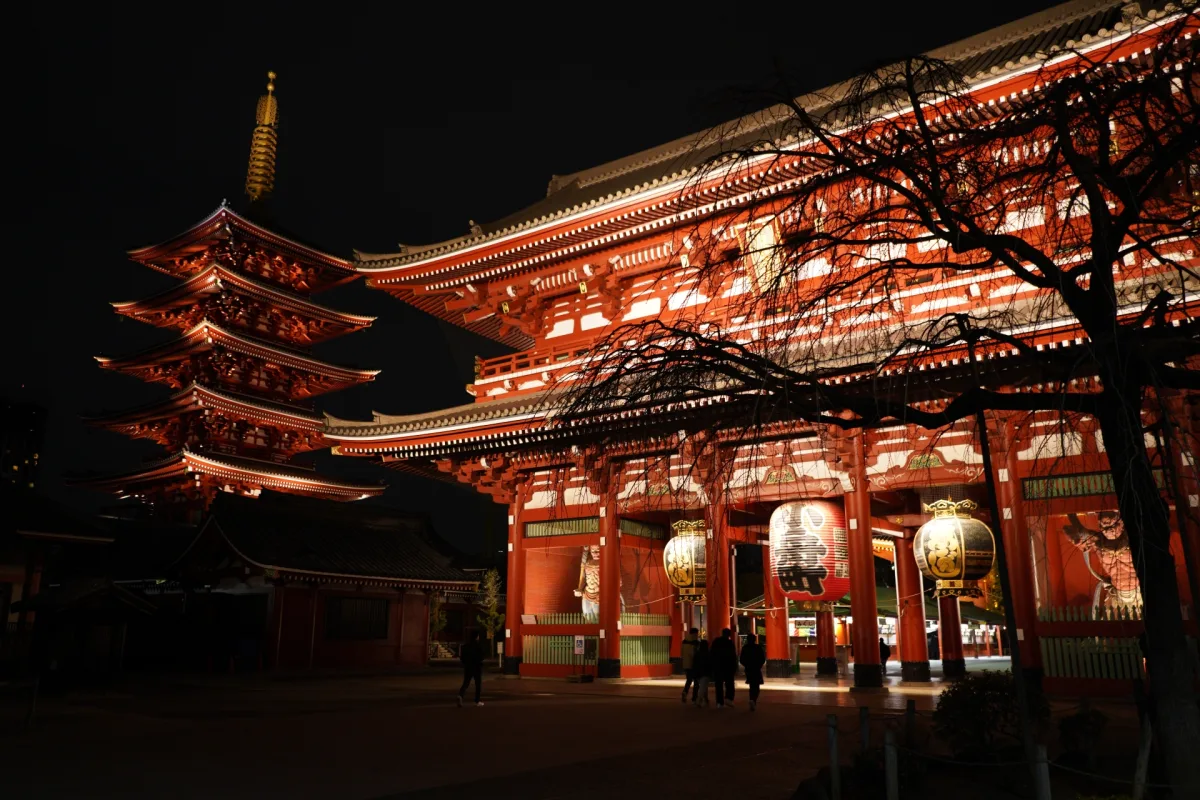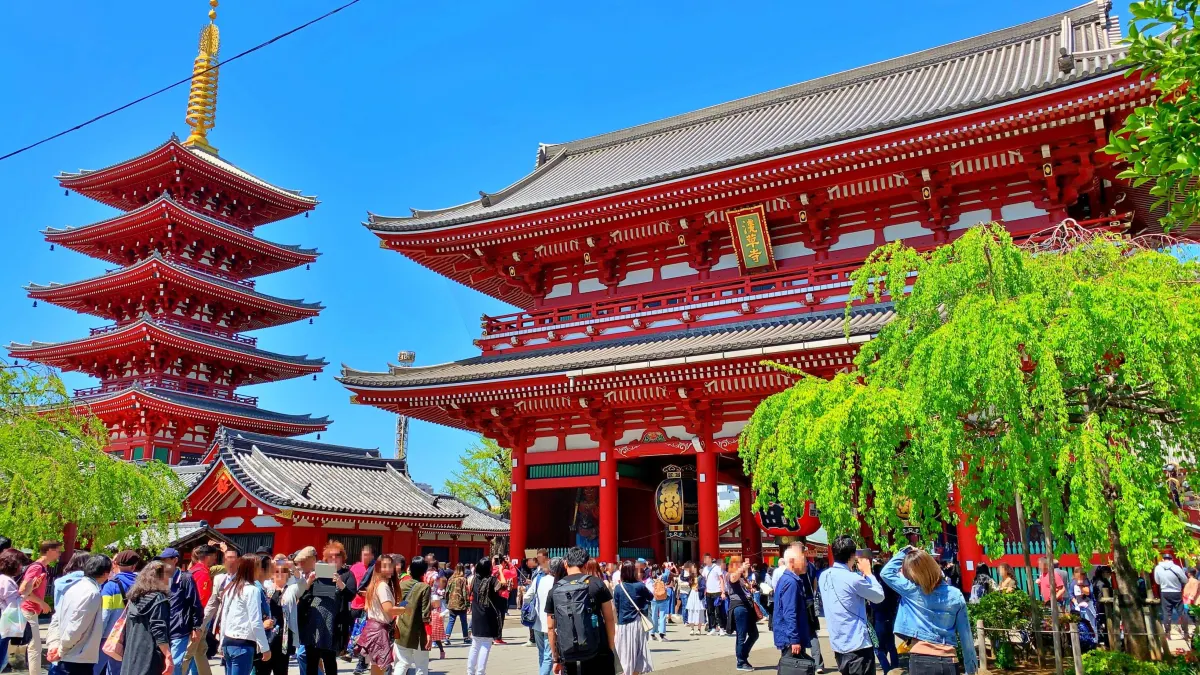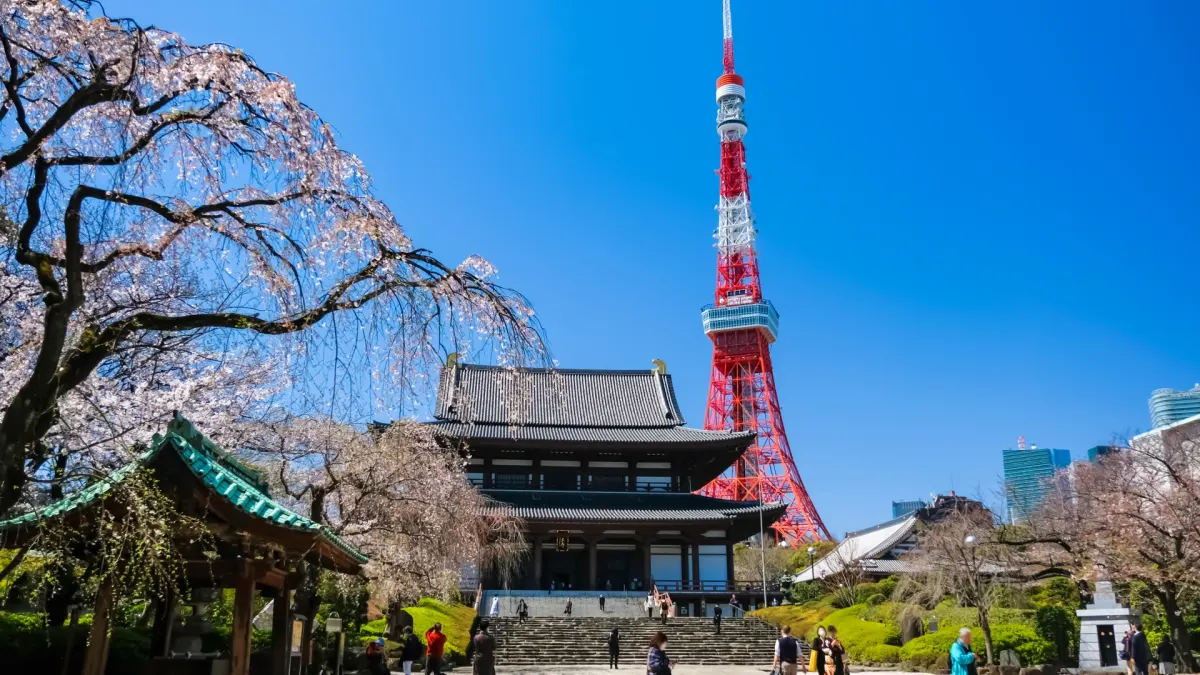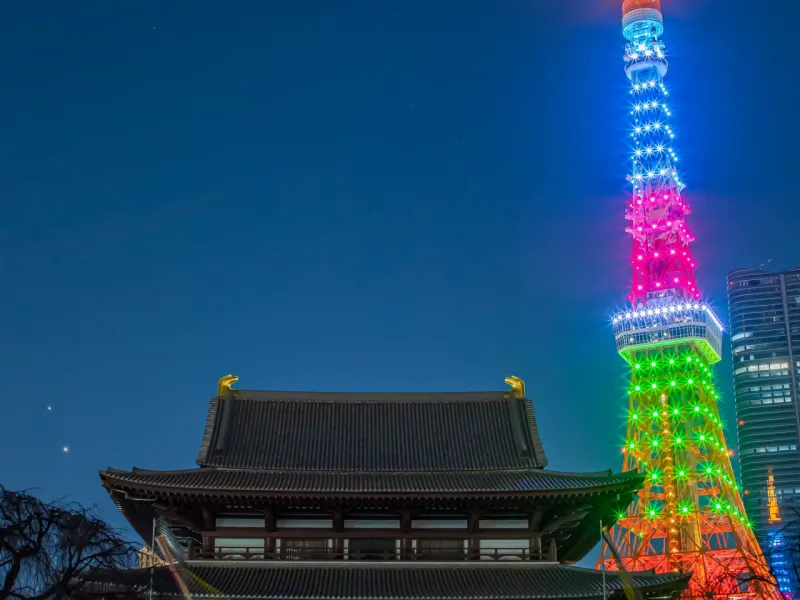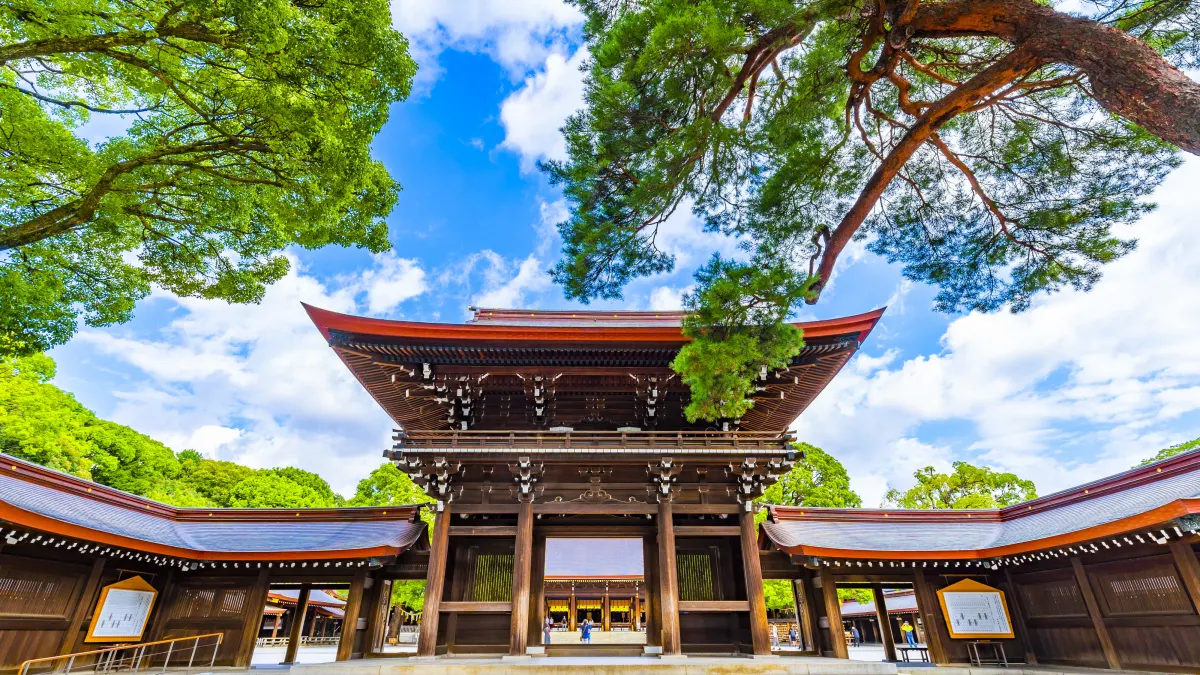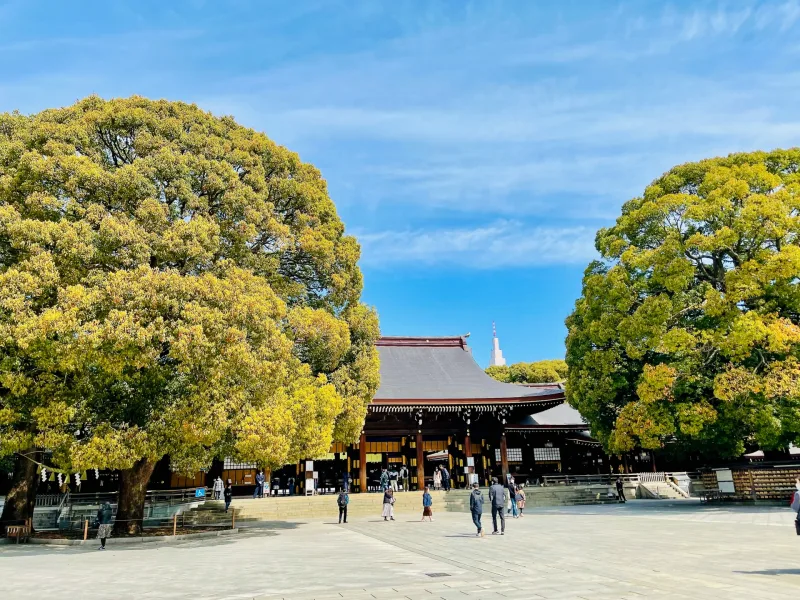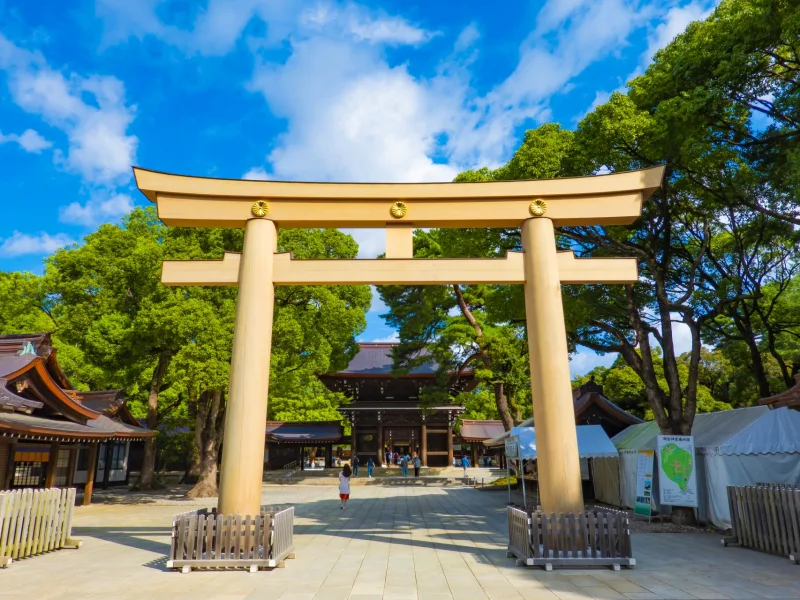Gotokuji Temple [豪徳寺], founded in 1480, is a peaceful Soto Zen temple in Setagaya, known as the spiritual origin of the maneki-neko [招き猫], the beckoning cat. Legend says a cat once saved samurai lord Ii Naotaka by beckoning him into the temple during a storm, leading to the temple’s lasting association with luck and protection.


Today, visitors come to see the quiet corner where hundreds of white cat statues are left as offerings, each one a wish or thank you. The temple grounds feature a historic main hall, gardens, stone lanterns, and seasonal flowers like lotus and maple. Scattered cat figurines can also be found tucked into architectural corners, adding to the charm.
Despite its growing popularity, Gotokuji retains a serene, reflective atmosphere, especially in the morning. It’s a place where folklore, faith, and simplicity quietly converge.
